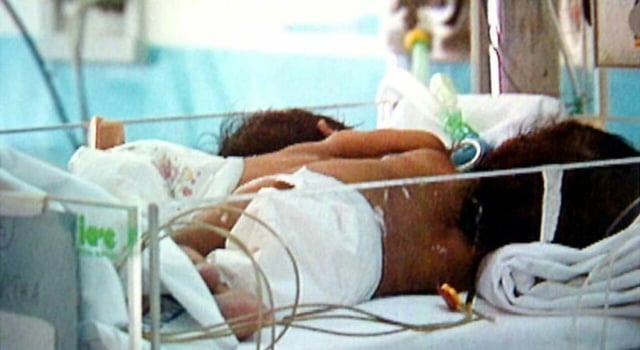Overview
- The girls were joined at the head by a rare cranio-encephalic fusion affecting skull bones, brain tissue and blood vessels in a one-in-2.5-million condition with fewer than 60 separations since 1950.
- Surgeons at Monza’s San Gerardo hospital spent 48 hours carefully disentangling the shared structures in the complex procedure.
- Hospital sources confirm that one twin, T., did not survive the final phase of the operation.
- The surviving sister, D., is now in neurological intensive care and has shown steady improvements since the surgery.
- Medical teams say D.’s neurological stabilization could allow her to embark on a path toward motor autonomy.


